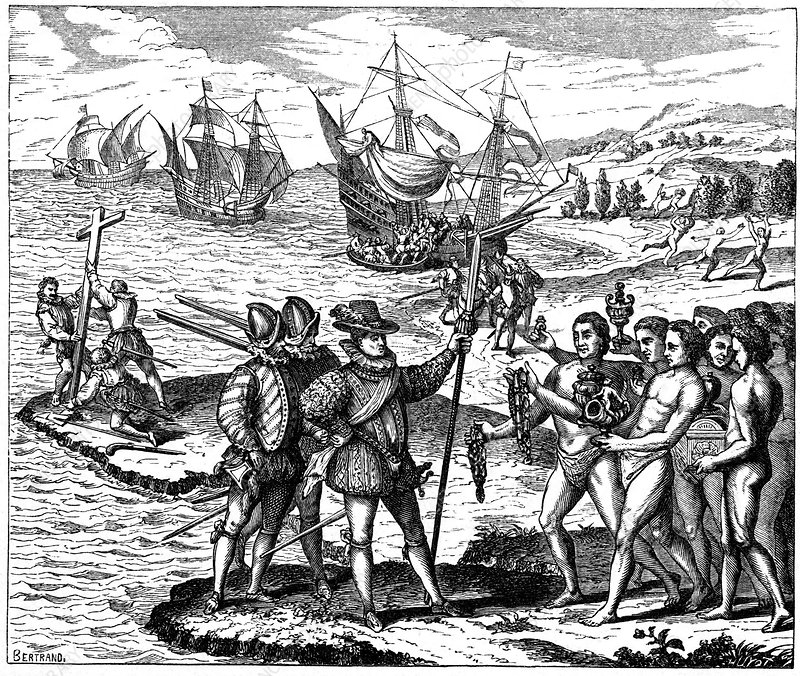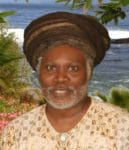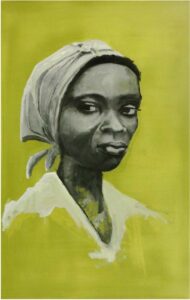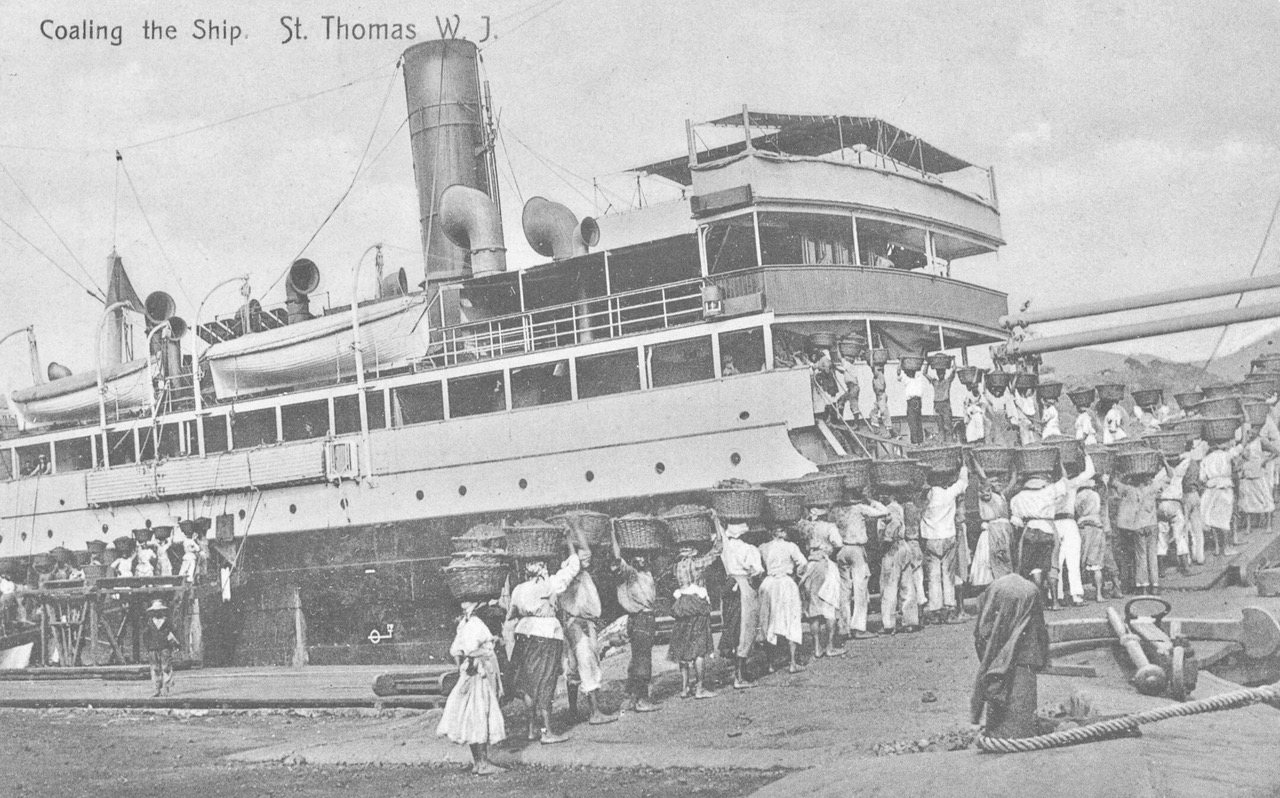
I grew up hearing that men rule the world. Is that really true? Women have played major roles in human history. Too often, women who have played critical roles in changing world history are overlooked. For example, it was a woman named Mary Magdalene who played a critical role in world history by spreading the good news of mankind that Christ had risen from the dead. March is Virgin Islands History Month. Therefore, I will briefly discuss the impact local women had on local and world history.

It was more than 500 years ago that Christopher Columbus landed on the outer banks of Salt River Bay with his 17-ship fleet. It was his second voyage to the Americas. Columbus ordered his men, about 25 of them including a free Black man, to explore the shore of Salt River Bay for fresh water. While there, they encountered a small Kalinago “Island Caribs” settlement on the west bank of the bay.
A confrontation between the Spanish and Kalinago “Island Caribs” in a canoe resulted in the injury and death of several Kalinagos and Europeans. It was a Kalinago woman that shot the first arrow, hitting one or three of Columbus’s men. Eventually, one of his men died from the hands of a Kalinago woman. Thus, the east side of Salt River Bay National Historical Park & Ecological Preserve was named by Columbus as Cabo de las Flechas, or “Cape of the Arrows,” in memory of the Spanish fatality.
In Virgin Islands history, another woman rose to the occasion of leadership status: Queen Breffu on the island of St. John. This fearless warrior led the insurrection of St. John on Nov. 23, 1733. Breffu, an enslaved African woman originally from the Akwamu nation, which is present-day Ghana, listened for the sound of a cannon to be fired by her compatriots signaling the defeat of Fortsberg in Coral Bay, St. John. The firing of the cannon was the beginning of the slave rebellion on St. John.
From the sounds of the cannon, Queen Breffu entered her planter’s house, killing the entire Kroyer family. This uprising by the slaves on St. John lasted about six months or more as the Danish government tried to squash the Maroon rebellion. However, the Danes lacked the resources to control the Maroon’s revolt on St. John. Eventually, they turned to the British for assistance and later to the French.

By May of 1734, the tides of the revolt on St. John turned where some slaves were captured, executed, hanged, etc., while others jumped over the cliff of Ram Head and Mary Point for their freedom. Queen Breffu was a courageous Maroon. She had the Danish authorities fooled by disguising herself and dressing up like a man to carry out her battle against the Danish colonial slavery system. Queen Breffu was never captured by the Danish government.
According to Danish documents, along with 23 other Maroons, Queen Breffu took her own life in a ritual ceremony where Africans believed their spirits go back to Africa. Their bodies were found by Danish officials at Brown Bay, now part of the Virgin Islands National Park. Brown Bay in St. John is considered a sacred place due to the ultimate sacrifice our ancestors made for their freedom more than 290 years ago.
In 1878, women again rose to the occasion of claiming freedom and rights as humans. We should know the history of what is known in the Virgin Islands as “Fireburn.” It was a bloody insurrection. Some 50-plus plantations on St. Croix were burned to the ground or badly damaged.
According to Danish historical reports, more than 400 laborers were arrested while about 12 were executed by firing squad. At the Grove Place a baobab tree, locally called Guinea Tamarind, women and men, according to oral history, were lighted afire with molasses on them and burned to death. The insurrection of 1878 basically came about due to harsh living conditions, fixed wages by planters, and a labor system that treated agricultural workers as slaves.
Mary Leticial Thomas, known as “Queen Mary,” Susannah Abrahamsen/Abrahamson, known as “Bottom Belly,” Axeline Elizabeth Solomon, known as “Queen Agnes,” and Mathilde Williams McBean, known as “Queen Mathilde,” all led the agricultural revolt on the island of St. Croix. These women and other women like them were considered queens for their leadership role in the “Fireburn” riot, but also as queens in their estates.
Today, you can visit the King Frederick and King Christian gravesites in Denmark. The two towns of St. Croix were named after them. However, Queen Mary’s burial ground is in the William’s Delight Cemetery. She was buried in 1905 and today her gravesite is bush. This act of not preserving our cultural history tells a whole lot about a people not conscious about themselves.
In 1823, coal became an important cornerstone of the St. Thomas economy. The steamships of the West Indies Coal Deport Company, British Royal Mail Steam Packet Company, German Hamburg-America Line, the East Asiatic Company, and Italian Bronsted Company all operated in the harbor of St. Thomas. At that time, earning on average one dollar per day carrying coal was a better-paying occupation than cutting sugarcane, which in the 1890s paid about 20 cents per day.

On St. Thomas, both women and men worked for the steamship companies. However, it was the women who gained recognition as the “coaling ladies.” The work of carrying coal was physically grueling. Oftentimes the coal carriers were barefoot, carrying loaded baskets of coal that weighed 80 to 100 pounds on their heads. The coal carriers would walk up and down the steep gangplanks of the ships. Robert Woodward, who worked onboard an RMSPC ship as a junior officer, described the enslaved back-breaking coal operation this way:
“I saw the ladies and gentlemen employed at the work were kept moving by a white man with a whip in his hands; the ladies also carried baskets on their heads which held 112 lbs., coal {…} and had to move smartly with their load, or the whip came into requisition.” By September of 1892, a half a century after the 1848 Emancipation in the Danish West Indies, the institution of slavery itself had been replaced by harsh labor policies and meager wages.
On Sept. 12, 1892, the coal carriers decided to strike and stopped working while demanding to be paid with Danish silver rather than the Mexican dollar, shouting in the streets of St. Thomas “Dollar for Dollar.” One of the prominent leaders, or coal lady, was Queen Coziah. There is much more to this story and the history of women’s impact on the landscape of these islands.
— Olasee Davis is a bush professor who lectures and writes about the culture, history, ecology and environment of the Virgin Islands when he is not leading hiking tours of the wild places and spaces of St. Croix and beyond.





